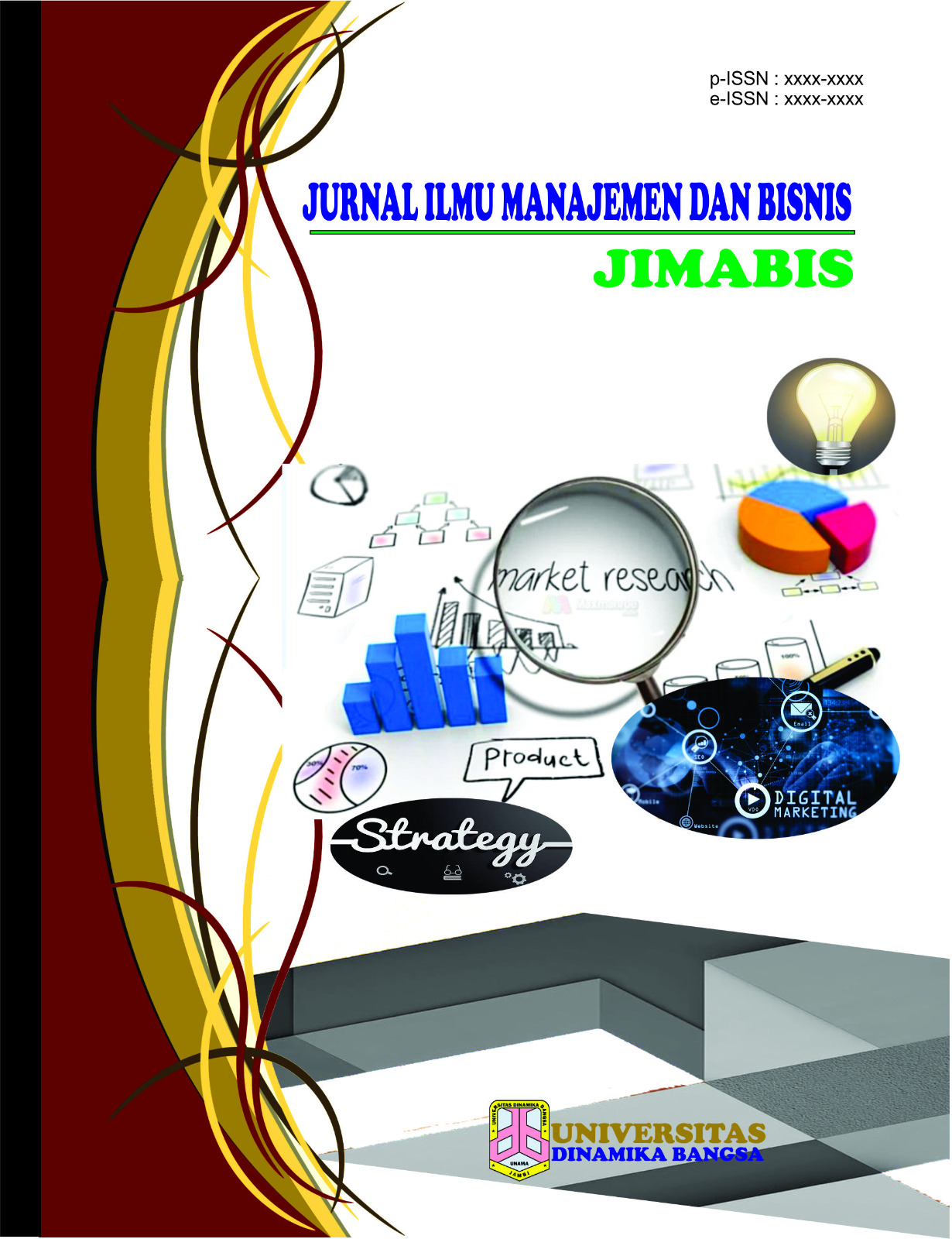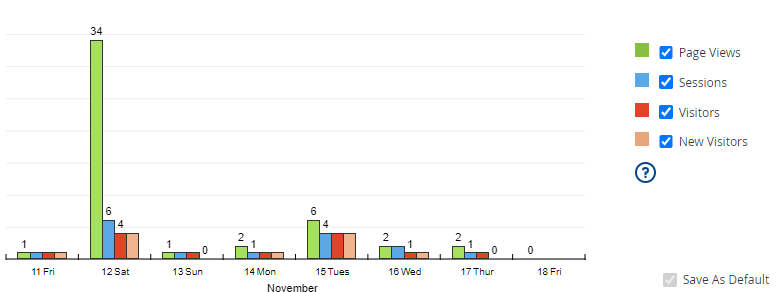Analisa untuk Pengembangan E-Learning Universitas X pada Pasca Pandemi
DOI:
https://doi.org/10.33998/processor.2023.18.2.1431Keywords:
e-Learning, SUS, System UsabilityAbstract
After the pandemic, the use of e-learning was not mandatory at University X, due to the return to offline lectures, so that the use of applications that had been built were not used optimally as the EDMODO application which was used previously as University X's e-learning system. This change in conditions did not only occur in X University but also elsewhere. This change in conditions has led to the need for research related to the impact of post-pandemic use on e-learning that is currently used by students and lecturers at University X. This research was conducted quantitatively using a questionnaire with a system usability scale instrument with respondents from the academic community at University X. Based on the calculations made the value of SUS e-learning at University X was 68.97. This value states that the system currently used is categorized as good enough. However, the SUS value of the e-learning system currently used is lower than the value obtained in previous studies using EDMODO as an e-learning application.
Downloads
References
J. Andry and M. Stefanus, “Pengembangan Aplikasi E-learning Berbasis Web Menggunakan Model Waterfall Pada SMK Strada 2 Jakarta,” J. Fasilkom, vol. 10, no. 1, pp. 1–10, 2020, doi: 10.37859/jf.v10i1.1878.
V. MILIĆEVIĆ et al., “E-learning perspectives in higher education institutions,” Technol. Forecast. Soc. Change, vol. 166, no. October 2020, 2021, doi: 10.1016/j.techfore.2021.120618.
M. A. H. Sutoyo and P. Rahayu, “Evaluasi Usability Aplikasi EDMODO dengan SUS dan Thematic Analysis,” J. Sist. Info. Bisnis, vol. 11, no. 2, pp. 146–151, 2022, doi: 10.21456/vol11iss2pp146-151.
K. S. Karlsen et al., “Integration of E-Learning Approaches in a Post-Pandemic Learning Environment – Norwegian Nursing Students’ Recommendations from an Action Research Study,” SSRN Electron. J., vol. 9, no. January, 2022, doi: 10.2139/ssrn.4202313.
Nielsen Norman Group, “Usability Testing.” Accessed: Feb. 27, 2023. [Online]. Available: https://www.nngroup.com/articles/usability-testing-101/
F. Isroani, N. Jaafar, and M. Muflihaini, “Effectiveness of E-Learning Learning to Improve Student Learning Outcomes at Madrasah Aliyah,” Int. J. Sci. Educ. Cult. Stud., vol. 1, no. 1, pp. 42–51, 2022, doi: 10.58291/ijsecs.v1i1.26.
M. Syafri and S. Saude, “Distance Learning in the Pandemi Covid-19 Situation: Efl Learning Under Indonesia’S Health Protocol,” IJEE (Indonesian J. English Educ., vol. 9, no. 1, pp. 140–159, 2022, doi: 10.15408/ijee.v9i1.21045.
N. Harrati, I. Bouchrika, A. Tari, and A. Ladjailia, “Exploring user satisfaction for e-learning systems via usage-based metrics and system usability scale analysis,” Comput. Human Behav., vol. 61, pp. 463–471, 2016, doi: 10.1016/j.chb.2016.03.051.
Y. Nurhadryani, S. K. Sianturi, and I. Hermadi, “Pengujian Usability untuk Meningkatkan Antarmuka Aplikasi Mobile Usability Testing to Enhance Mobile Application User Interface,” J. Ilmu Komput. Agri-Informatika, vol. 2, no. 2013, pp. 83–93, 2013.
J. R. Lewis, “Measuring Perceived Usability: SUS, UMUX, and CSUQ Ratings for Four Everyday Products,” Int. J. Hum. Comput. Interact., vol. 35, no. 15, pp. 1404–1419, 2019, doi: 10.1080/10447318.2018.1533152.
B. Lestari, P. I. Rifiani, and A. B. Gati, “The Use of the Usability Scale System as an Evaluation of the Kampung Heritage Kajoetangan Guide Ebook Application,” Eur. J. Bus. Manag. Res., vol. 6, no. 6, pp. 156–161, 2021, doi: 10.24018/ejbmr.2021.6.6.1113.
Z. Sharfina and H. B. Santoso, “An Indonesian adaptation of the System Usability Scale (SUS),” 2016 Int. Conf. Adv. Comput. Sci. Inf. Syst. ICACSIS 2016, pp. 145–148, 2017, doi: 10.1109/ICACSIS.2016.7872776.
I. A. H.N, P. I. Nugroho, and R. Ferdiana, “Pengujian Usability Website Menggunakan System Usability Scale,” J. IPTEKKOM J. Ilmu Pengetah. Teknol. Inf., vol. 17, no. 1, p. 31, 2015, doi: 10.33164/iptekkom.17.1.2015.31-38.
Hendri and Feliks, “Penerapan Konsep E-Learning Dengan Metode Gamifikasi Untuk Meningkatkan Kualitas Pembelajaran Di Perguruan Tinggi,” J. Process., vol. 16, no. 1, pp. 1–8, 2021, doi: 10.33998/processor.2021.16.1.882.
G. Zichermann, C. C. Cunningham, and G. Zickerman, Gamification by Design: Implementing Game Mechanics in Web and Mobile Apps, 1st ed. O’Reilly Media, Inc., 2011.























